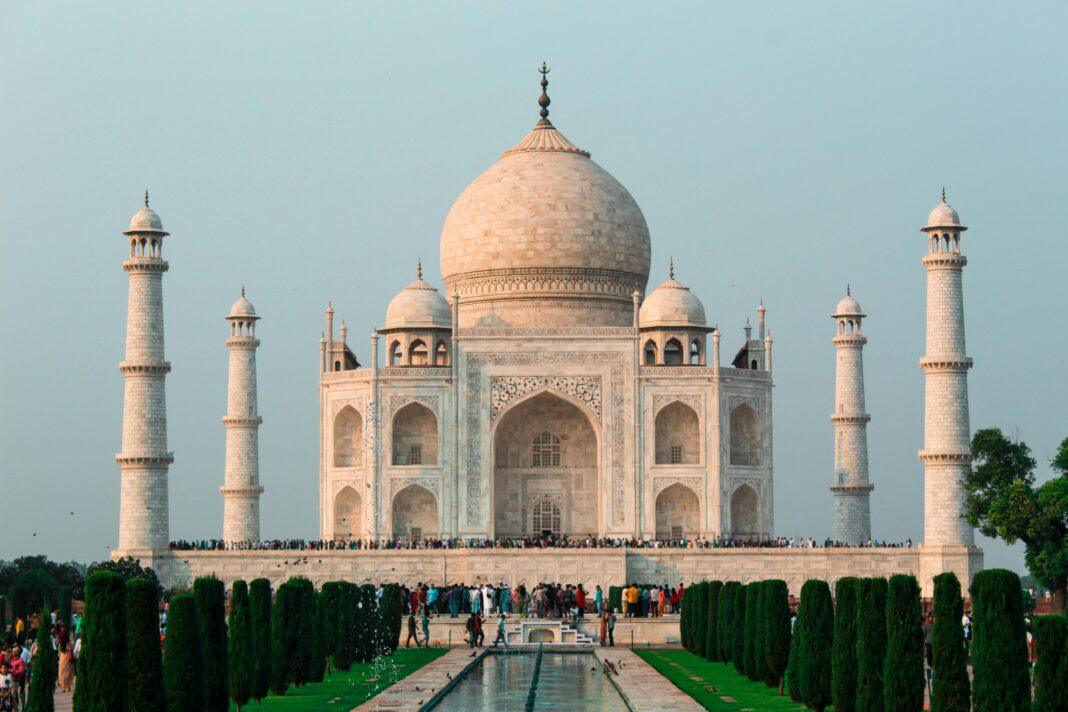A New Powerhouse in Global Transactions
India is rapidly emerging as a dominant force in the global payments ecosystem. The Unified Payments Interface (UPI) and the National Payments Corporation of India (NPCI) are spearheading a digital transformation that is reshaping domestic transactions and extending India’s influence globally. With a robust fintech infrastructure, strategic international partnerships, and innovative regulatory approaches, India is poised to play a pivotal role in shaping the future of cross-border payments.

Domestic Transformation – Laying the Foundation
From Cash-Heavy to Digital-First Economy
India’s journey from a cash-dependent economy to a digital-first financial system has been remarkable. The demonetisation initiative in 2016, coupled with the Aadhaar biometric identification system, created a digital financial backbone that enabled the adoption of UPI. UPI, developed by NPCI, has become the cornerstone of India’s payment ecosystem, offering instant transactions, interoperability across banks and payment apps, low-cost processing, and enhanced security features. As of January 2025, UPI recorded over 400 million active users, with monthly transaction volumes reaching 8.1 billion.
India’s Public-Private Collaboration Model
The success of UPI is a testament to India’s public-private collaboration model. NPCI, the Reserve Bank of India (RBI), and fintech firms such as Razorpay, PhonePe, and Paytm have worked in tandem to drive digital payments. The RBI’s regulatory support and digital policy innovation have fostered an environment conducive to fintech growth. For instance, the RBI’s sandbox model allows fintechs to test new products in a controlled environment, ensuring compliance while promoting innovation.

UPI’s International Expansion – A Game-Changer in Cross-Border Payments
Key Country Collaborations
UPI’s international expansion is a game-changer for cross-border payments. In 2023, NPCI signed agreements with Peru and Namibia to launch UPI-modeled systems by 2026–2027. The integration with Singapore’s PayNow enables real-time transactions between the two countries, setting a precedent for future linkages. Additionally, UPI is accepted in seven countries, including the UAE, Singapore, Bhutan, Nepal, Maldives, Mauritius, France, and Sri Lanka. Murthy Maddali, Managing Director at Techwave, highlights that UPI’s global acceptance is expanding, with more countries expected to adopt UPI-based payment frameworks.
Impact on Remittance Costs and Speed
India’s dominance in inbound remittances, with over $100 billion received annually, is a testament to its role in global remittance corridors. The World Bank reports that UPI’s integration has significantly reduced remittance costs and improved transaction speed. For example, the UPI-PayNow collaboration allows instant, cost-effective fund transfers between India and Singapore. This efficiency is crucial for millions of Indian expatriates who rely on remittances to support their families back home.

Regulation and Compliance – India’s Global Influence
Domestic Regulations with Global Implications
India’s regulatory framework, including KYC, AML, data localisation, and sandbox innovation models, has global implications. The RBI’s regulatory tech (RegTech) push, which automates reporting and monitoring requirements, is gaining international appeal. For instance, the Payment Aggregators and Gateways Regulation (2020) mandates stringent governance and security standards for entities facilitating cross-border transactions. This regulatory rigor ensures transparency and security, fostering trust in India’s payment ecosystem.
India’s Role in Regional and Global Forums
India’s leadership in regional and global forums is shaping financial infrastructure norms. As a G20 member, India is actively involved in discussions on digital payment standards and financial inclusion. Additionally, India’s collaboration with BRICS nations and participation in the Financial Action Task Force (FATF) underscore its commitment to global financial stability. These engagements enable India to influence international regulatory frameworks, promoting a more inclusive and efficient global payment system.

Challenges and Strategic Considerations
Interoperability and Currency Volatility
Despite its progress, India faces challenges in interoperability and currency volatility. Legacy systems like SWIFT and regional currency management pose obstacles to seamless cross-border transactions. For example, fluctuations in exchange rates can erode transaction values, especially for high-volume transfers. Addressing these challenges requires technological innovation and regulatory collaboration to ensure stability and efficiency in cross-border payments.
Competitive Landscape
India’s fintech ambitions face competition from China’s Belt and Road Initiative and Western fintech standards. While China focuses on expanding its digital payment infrastructure through strategic partnerships, India must navigate a complex global landscape to maintain its competitive edge. Balancing innovation with regulatory compliance is crucial for India to uphold its position in the global payments ecosystem.
Conclusion – Can India Lead the Next Era of Global Payments?
India’s readiness to shape future cross-border payment ecosystems is evident in its technological advancements, regulatory reforms, and strategic partnerships. As UPI continues to expand globally and regulatory frameworks evolve, India is poised to lead the next era of global payments. Looking ahead, the next 5–10 years will see increased adoption of UPI-based payment frameworks, seamless remittance solutions, and a greater global acceptance of Rupee transactions. According to a thought leader in the fintech industry, “India’s digital payment revolution is not only transforming its domestic economy but also redefining the global payments landscape. The future holds immense potential for India to drive innovation and inclusivity in cross-border transactions.”
Sources & References
- NPCI and RBI official documents
- World Bank, IMF, BIS reports
- Press coverage from Economic Times, Financial Express, Reuters, Bloomberg
- Industry interviews or surveys (e.g., Innovate Finance, EY, McKinsey)



